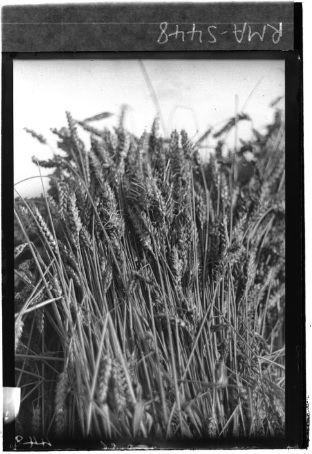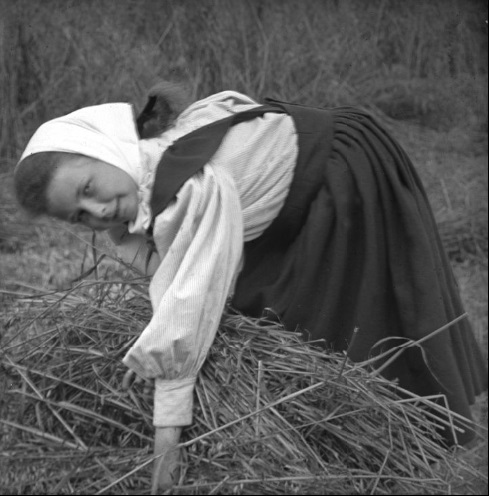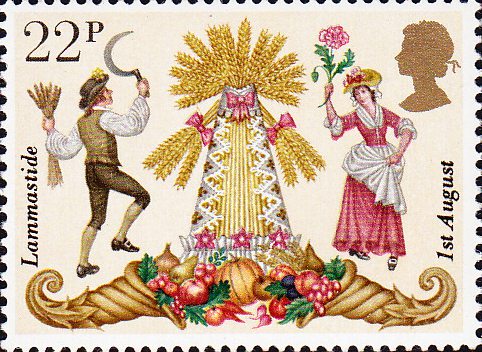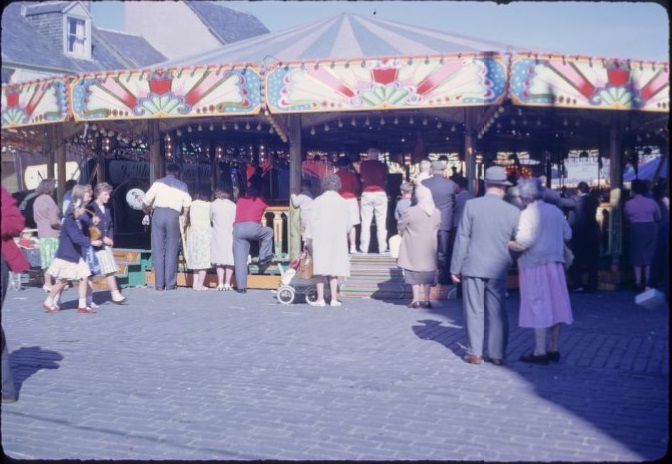Anyone familiar with Summertime in St Andrews could tell you about the Lammas fayre. A barrage of carnival rides, games and stalls sprawling across Market Street and South Street for a few days each August. But what exactly is the origin of the Lammas Fayre?

Dating back to biblical times, ‘Lammas’ is the shortened name of Loaf Mass. Loafmass day is a Christian holiday celebrated in the Northern Hemisphere on 1st August to celebrate the blessing of the first fruits of harvest. Traditionally, celebrations consisted of baking Lammas loaves, creating corn dolls and hosting a feast for friends and family upon reaping bountiful amounts wheat and corn on Lammas Day.
Christian celebrations of Loafmass developed the custom of bringing fresh loaves of bread to churches for consecration and having clergymen visit bakers to bless loaves of bread.


Alongside the Christian depiction of Lammas, it is also thought that the celebration is derived from the Gaelic ‘Lughnasadh’ meaning ‘Assembly of Lugh’; an important figure in Gaelic mythology, often portrayed as a warrior and master craftsman. Lughnasadh was specific to Ireland, Scotland and the Isle of Man as one of four Gaelic seasonal festivals and involved the same rituals of harvesting, creating corn dolls, feasting and making offerings for successful crops.

Similarly, in Medieval times the festival was referred to as the Gule of August and would have included a lively variety of events, the hiring and firing of servants, collection of rental payments, sale of livestock and special Lammas weddings. Most famed for conducting Lammas weddings were the Telltown marriages performed in Kirkwall, Orkney. Couples married on Lammas day would enter into a temporary union for one year, and the following August would decide whether to make the union permanent or to separate.
Beyond celebrating the first day of harvest, Lughnasadh rituals, such as blessing cattle, were conducted to protect farmers’ harvest and livestock by keeping evil spirits at bay for the following season.

Nowadays, St Andrews is one of few places which commemorates Lammas each year and has its own modern twist. Lined with food stalls and rides, the concepts of shared feast and local gathering are still commemorated, but the celebration of first harvest has been lost as farming methods have developed and our food outsourced. If nothing else, Lammas still acts as a reminder that summer holidays are drawing to a close and autumn is just around the corner.